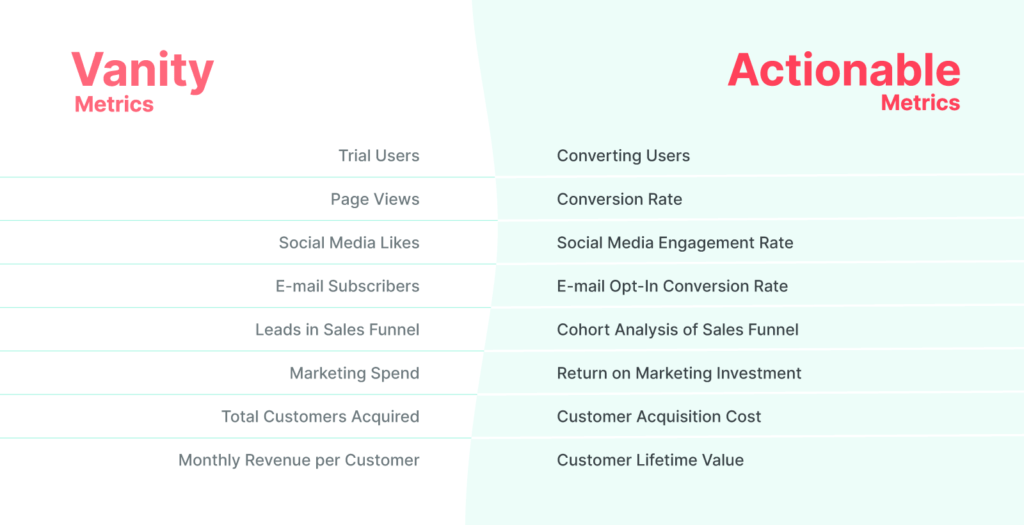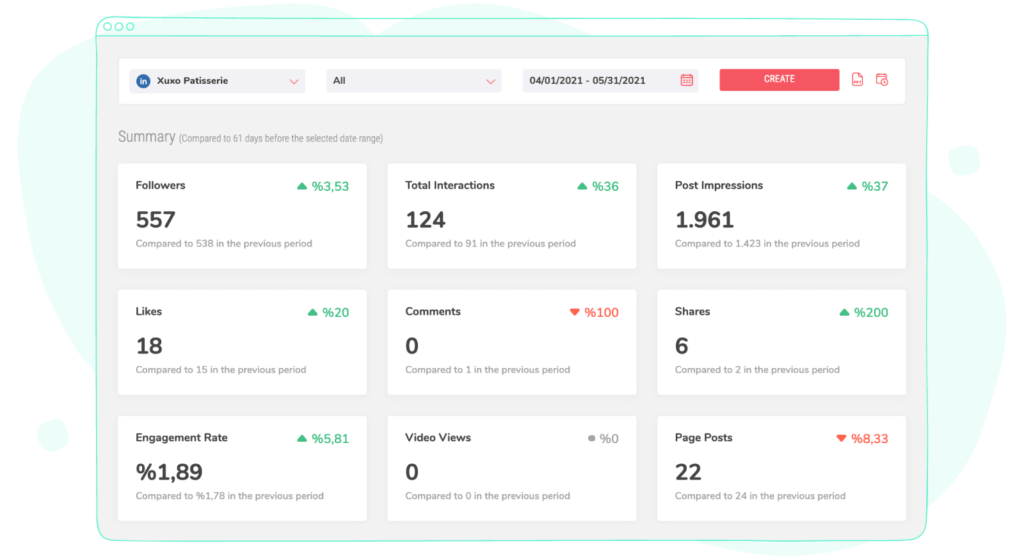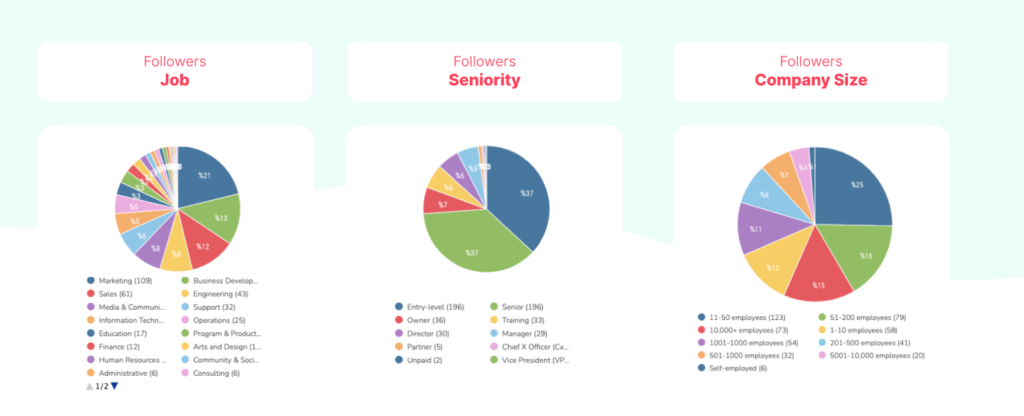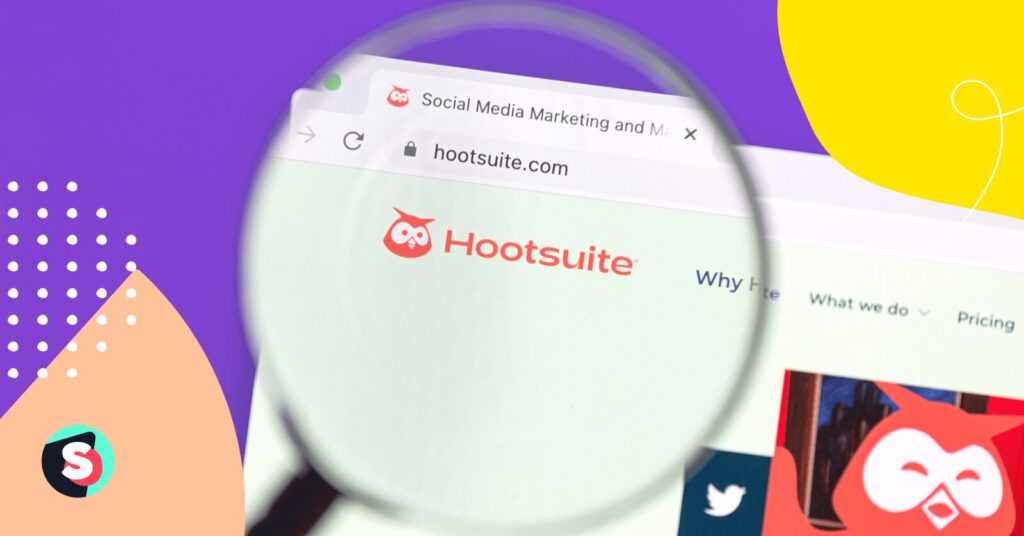Vanity metrics don’t really say a lot about your business’ health and/or growth. They offer feel-good numbers without providing you any actionable context. They are typically easily obtained, can be misleading, lack clear guidance, and they don’t really help you improve your business in a meaningful way. Number of total page views, social media followers, and downloads can easily be some of the vanity metrics you’re looking at.
Instead of checking your page views on a regular basis, consider looking at bounce rates, time spent on a page, or the number of unique users, or pages per session. Instead of keeping track of your social media followers, keep track of your click-through rate, or share of voice compared to the competition. Then you’ll know where you’re at and you’ll decide where you’d like to go from there.
What are actionable metrics?
As opposed to vanity metrics, actionable metrics are linked to your business’ success and they do give you ideas on your customers’ or audiences’ behaviors. Customer Lifetime Value, Net Profit, Customer Acquisition Cost, and Return on Marketing Investment can be some of the examples of actionable metrics. Keeping track of actionable metrics and analyzing those data will help you make decisions in the short and in the long run.

There is a tiny line between these two:
Keep in mind that vanity metrics for one company can be actionable metrics for another. Every business has different stages of enterprise maturity. Different types of metrics will matter to you across each stage.
For example; for a start-up company; follower counts, number of subscribers, reviews and social media shares are important. You should check these vanity metrics regularly in order to understand your audience and the success of your content.


As your business grows; metrics like number of sales, revenue, conversion rates, and time spent on site will be important to look at and once your business is in its mature stage; retention length, revenue per customer, return on marketing investment will be your top priority actionable metrics.
The importance of vanity and actionable metrics will also depend on the industry you’re in. To E-commerce social media vanity metrics are all important. Whereas for a niche B2B service company, social media is far from being the main sales channel and thus will always have a brand awareness objective. While hospitality organizations focus on newsletter sign-ups, social shares, and bookings, SaaS companies might focus on email signups and product demos.
How to identify vanity and actionable metrics?
Ask these below questions when you look at your data.
- Is this metric leading to a course of action or informing a decision? If not, it’s a vanity metric. If yes; answer the second question.
Your website’s page views are going up, that’s cool. But is it possible to make a further decision and an action just by looking at this growth? No. Don’t let vanity metrics take over your report because the numbers are high. Make strategic decisions by finding out where those views are coming from. Find it out via Google Analytics.
- Can I reproduce the result purposely? If not, it’s a vanity metric. If yes; answer the third question.
Sometimes the metrics go up due to the heat of the world of social media. Maybe your content has gone viral for some reason, or a popular influencer shared your post the other day. Is it possible to have such high metrics with regular posts? If such a result cannot be repeated next month, don’t rely on it.
- Is this data a real reflection of the truth? If not, it’s a vanity metric. If yes; it’s an actionable metric.
Who wants to talk about fake followers, likes, comments, and whatnot?! Or a surge of sales during the back-to-school period? Don’t get fooled by manipulated data. Don’t disregard them, however, make sure you know the reason behind an inconsistency as such.
How to track and report all kinds of metrics the right way?
A study by Gartner reveals that 76% of the top-performing marketers base their decisions on data. You need to collect meaningful data for a better Return on Investment at all times. You can use Google Analytics to record the total number of times a particular page on your website is viewed or the number of sessions during which that page is viewed and many more.

As per your social media analytics, you can use Sociality.io’s Report Module. Check out our customer success stories and discover how we can help you in reporting. Most of our customers’ favorite tool of ours is our Report Module. Downloadable reports in PPT format with individual slides for each KPI, the ability to optimize schemes on a monthly, weekly, and even daily basis, and rapid implementation of metrics added along the way are some of their favorite features.

Conclusion
In broad terms, any metric that lacks context, lacks real value as well. The metrics you look at should tell you something about your marketing efforts. The metrics you should measure should help you improve your business in a meaningful way. Meanwhile, you can only choose which metrics to track depending on your business goals and the metrics you keep track should let you make smart decisions that can lead to more profitable business.




